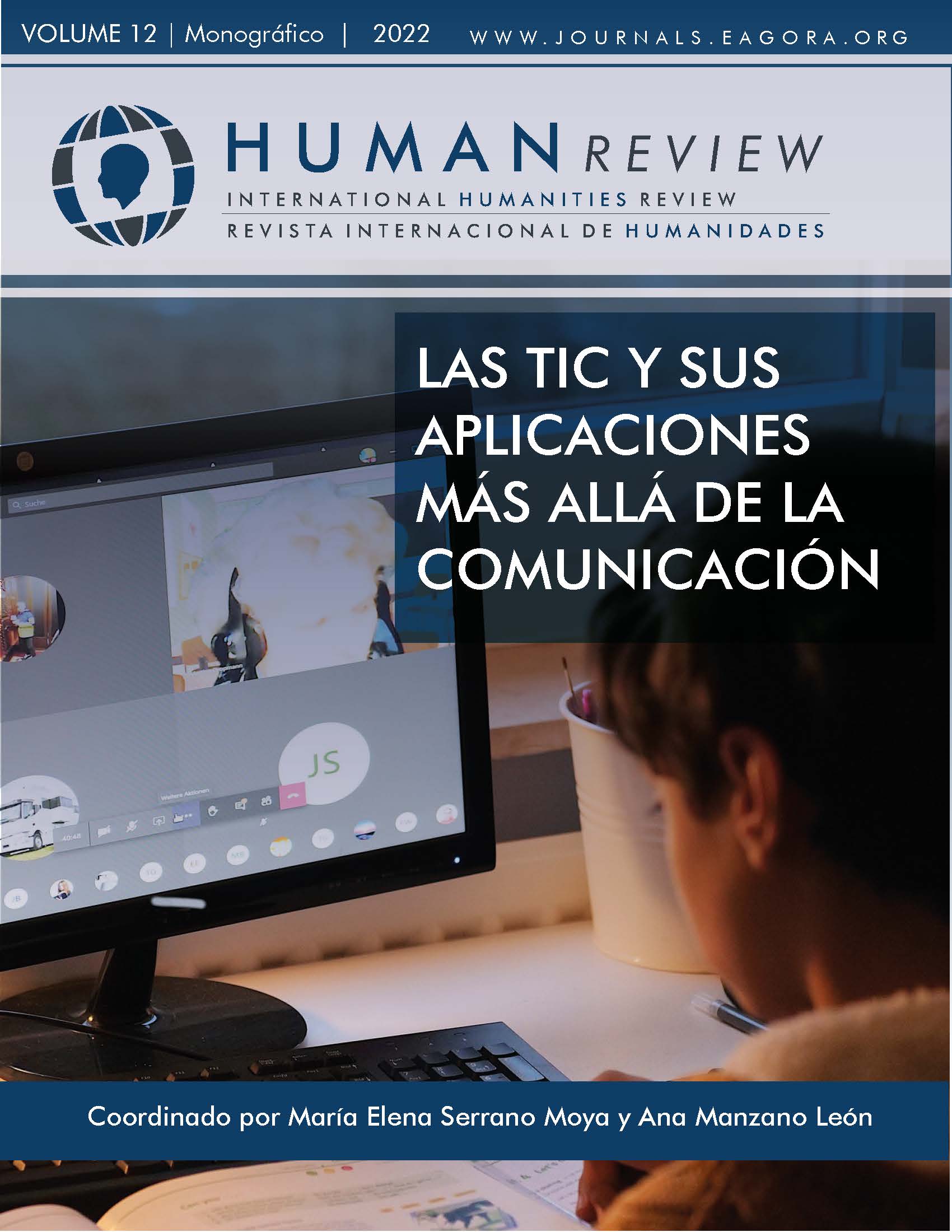Use of the flipped classroom for the development of autonomy and critical thinking
Application in Students of the University Technician in English Language of the Technological University of Queretaro.
DOI:
https://doi.org/10.37467/revhuman.v11.3952Keywords:
Flipped Classroom, Critical thinking, Autonomy, Learning, Education, Hybrid class, MethodologyAbstract
Currently education requires autonomy in student learning. For this reason, the following research was carried out using the flipped classroom as a methodology to improve the autonomy of students in subjects such as Human Development, Assessment Instruments and English Language Teaching Strategies.Since September 2021, the students of the educational program of Associates Degree in English Language Teaching, worked in a hybrid way. For this reason, the flipped classroom methodology was a useful tool to develop the skills required by the educational program, in addition to autonomy.
References
Bergman, J. & Sams, A. (2012). Flip Your Classroom: Reach Every Student in Every Class Every Day.International Society for Technology in Education.
Bergman, J. & Sams, A. (2014). Dale la vuelta a tu clase. Ediciones SM. doi:https://aprenderapensar.net/wp-content/uploads/2014/05/156140_Dale-la-vuelta-a-tuclase.pdf
Berenguer, C. (2016) Acerca de la utilidad del aula invertida o flipped classroom . Jornadas de redes de investigación en docencia universitaria XIV. 1466-1480 https://rua.ua.es/dspace/bitstream/10045/59358/1/XIV-Jornadas-Redes-ICE_108.pdf
Bristol, T. (2014). Flipping the Classroom. Teaching and Learning in Nursing, 9(1), 43-46. https://doi.org/10.1016/j.teln.2013.11.002
Coufal, K. (2014). Flipped learning instructional model: perceptions of video delivery to support engagement in eighth grade math. (Tesis doctoral).
García, J. (2020). Tecnología como herramienta. Con-Ciencia Boletín Científico De La Escuela Preparatoria No. 3, 7(13), 40-41. doi: http://dx.doi.org/10.23857/dc.v6i3.1323
Hernández, C., y Tecpan, S. (2017). Aula invertida mediada por el uso de plataformas virtuales: un estudio de caso en la formación de profesores de física. Estudios pedagógicos (Valdivia), 43(3), 193-204. doi: https://doi.org/10.4067/S0718-07052017000300011
Hernández, R., Orrego, R., y Quiñones, S. (2018). Nuevas formas de aprender: La formación docente frente al uso de las TIC. Propósitos y Representaciones, 6(2), 671-685. http://dx.doi.org/10.20511/pyr2018.v6n2.248
Lage, M., Platt, G., y Treglia, M. (2000). Inverting the classroom: A gateway to creating an inclusive learning environment. The Journal of Economic Education, 31(1), 30-43. DOI:10.1080/00220480009596759
Pecori, K. (2021). Aula Invertida y Pensamiento Crítico. Journal Latin American Science, 2. 463-488.https://doi.org/10.46785/lasjournal.v5i2.90
Talbert, R. (2012). Inverted classroom. Colleagues, 9(1), Article 7. http://scholarworks.gvsu.edu/colleagues/vol9/iss1/7
Tucker, B. (2012). The flipped classroom. Education Next, 12 (1), 82-83. DOI:10.18844/wjet.v8i2.640
Downloads
Published
How to Cite
Issue
Section
License
Those authors who publish in this journal accept the following terms:
- Authors will keep the moral right of the work and they will transfer the commercial rights.
- After 1 year from publication, the work shall thereafter be open access online on our website, but will retain copyright.
- In the event that the authors wish to assign an Creative Commons (CC) license, they may request it by writing to publishing@eagora.org









